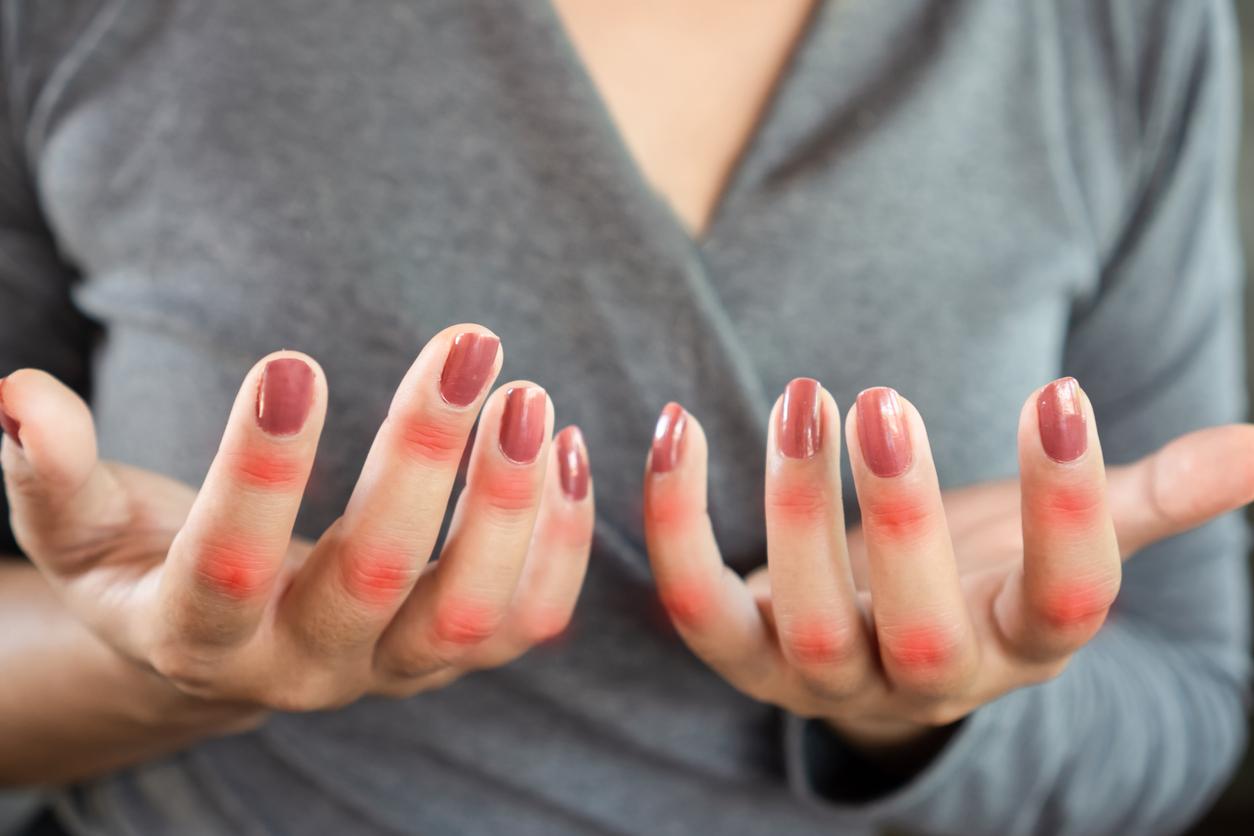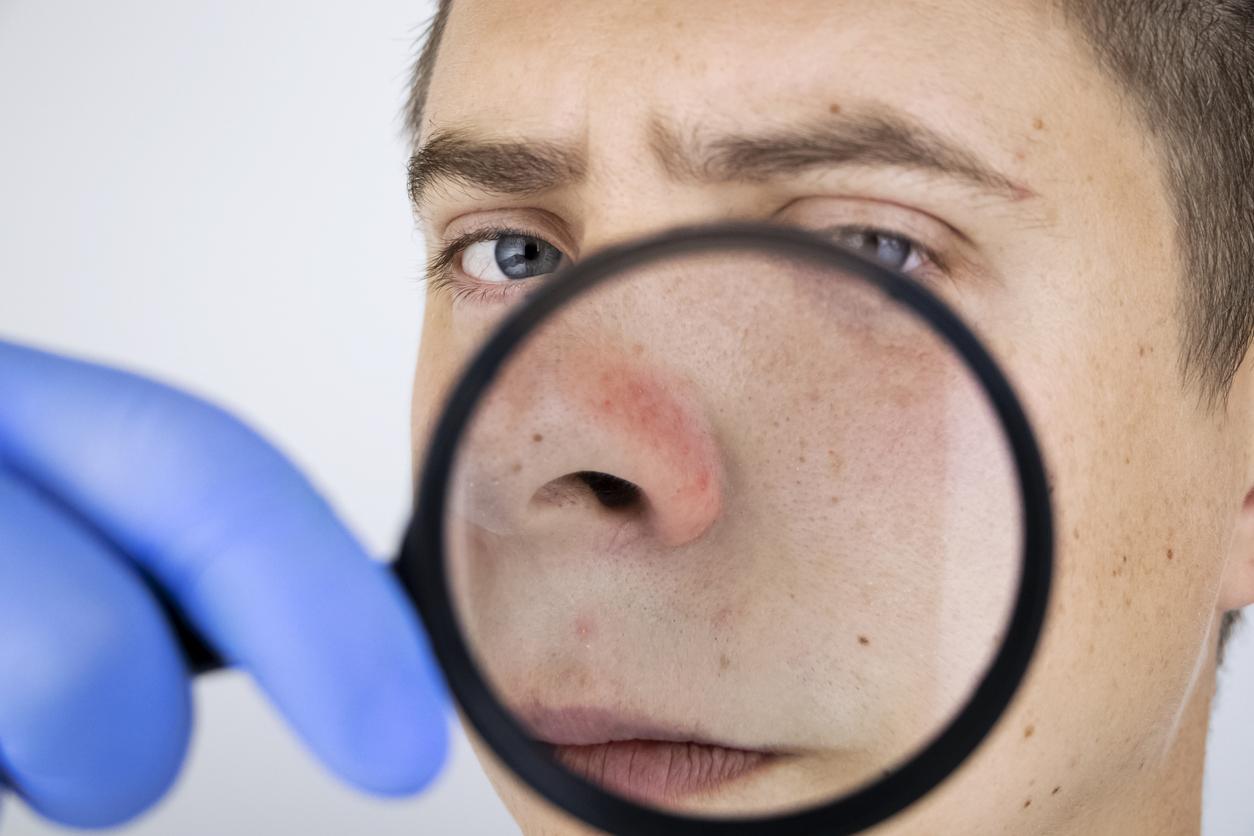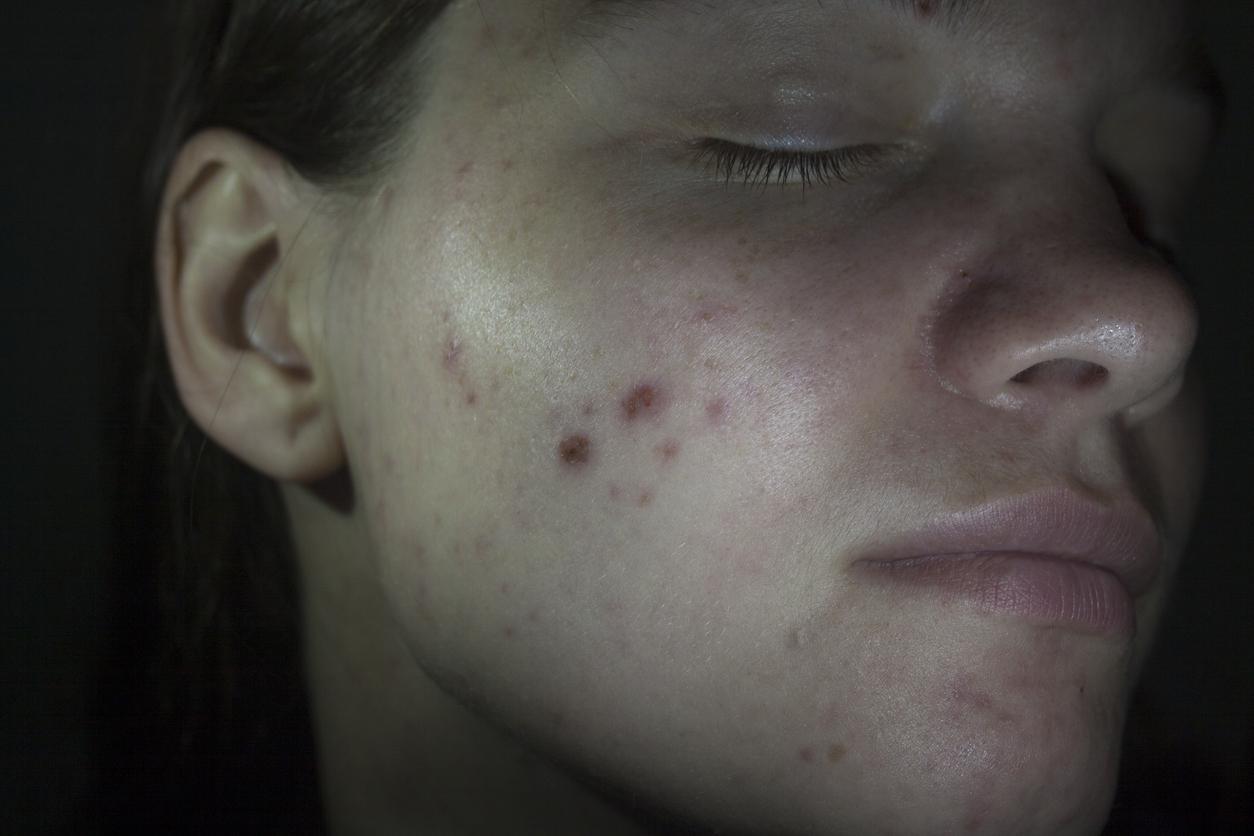The treatment lupus is adapted to the locations of organ damage and the severity of symptoms. It often combines several drugs:
• A Non-steroidal anti-inflammatory drug (NSAIDs) and aspirin used in mild forms of systemic lupus erythematosus, affecting the skin and joints.
• From synthetic anti-malarial drugs (4-aminoquinolines) which act on the immune system and exhibit anti-inflammatory properties. Anti-malarial drugs are particularly effective in damage to the skin, joints, heart and lungs. But their use requires regular monitoring by an ophthalmologist (they can affect the retina and disrupt the concept of colors) and a cardiologist (carrying out electrocardiograms), to look for the appearance of possible side effects.
• Corticosteroids. These are the most common drugs used to treat acute forms of systemic lupus erythematosus. They are prescribed at a high dose, gradually reduced to a minimum dose, or even until stopping in the event of remission. This treatment is subject to special medical supervision because prolonged use of corticosteroids can cause many side effects (weight gain, hypertension, cataract, urinary tract infection or dental, digestive disorders, mood disorders …).
• Immunosuppressants, prescribed to treat serious organ damage, including kidney and brain damage. Their side effects (viral or bacterial infections) explain the close medical monitoring associated with the treatment.
• Monoclonal antibodies when the patient has a severe form of systemic lupus erythematosus.
What we can also do to heal ourselves
As lupus is a long-lasting disease, the patient has a major role in its management. It is up to him to recognize the signs of the disease, in order to consult his doctor in the event of an outbreak, and to follow certain rules of life:
No tobacco: this can, among other things, increase cardiovascular disorders and pulmonary fragility.
No sun exposure because UV rays can trigger a flare-up of symptoms. It is important to protect yourself well from the sun, even when it does not seem very strong, as in the first rays of spring.
Fight against overweight to relieve joint pain but also to improve general condition.
The contribution of therapeutic education
For example, the national reference center for Lupus at Pitié-Salpêtrière has set up “therapeutic education” workshops to help patients cope better with their disease. The goal? Learn to better anticipate possible medical problems and better manage daily life with the disease. During these sessions, patients (no more than 8) can interact with professionals (doctors, nutritionists, nurse) and other patients.
Whether it is due to the plurality and / or the severity of the symptoms, the psychological impact of this disease can be quite significant. This is why you should not hesitate to get in touch with patient associations: talking freely about your illness and your experience between patients can have a positive effect on living your illness better on a daily basis.
The reference centers also organize meetings between patients for this purpose.
Sources:
High Authority of Health: Systemic lupus erythematosus. National diagnostic and care protocol.
Health Insurance : Systemic lupus erythematosus: definition and contributing factors.
For further :
Lupus France, association of patients with lupus
National Reference Center of Lupus de la Pitié-Salpêtrière















